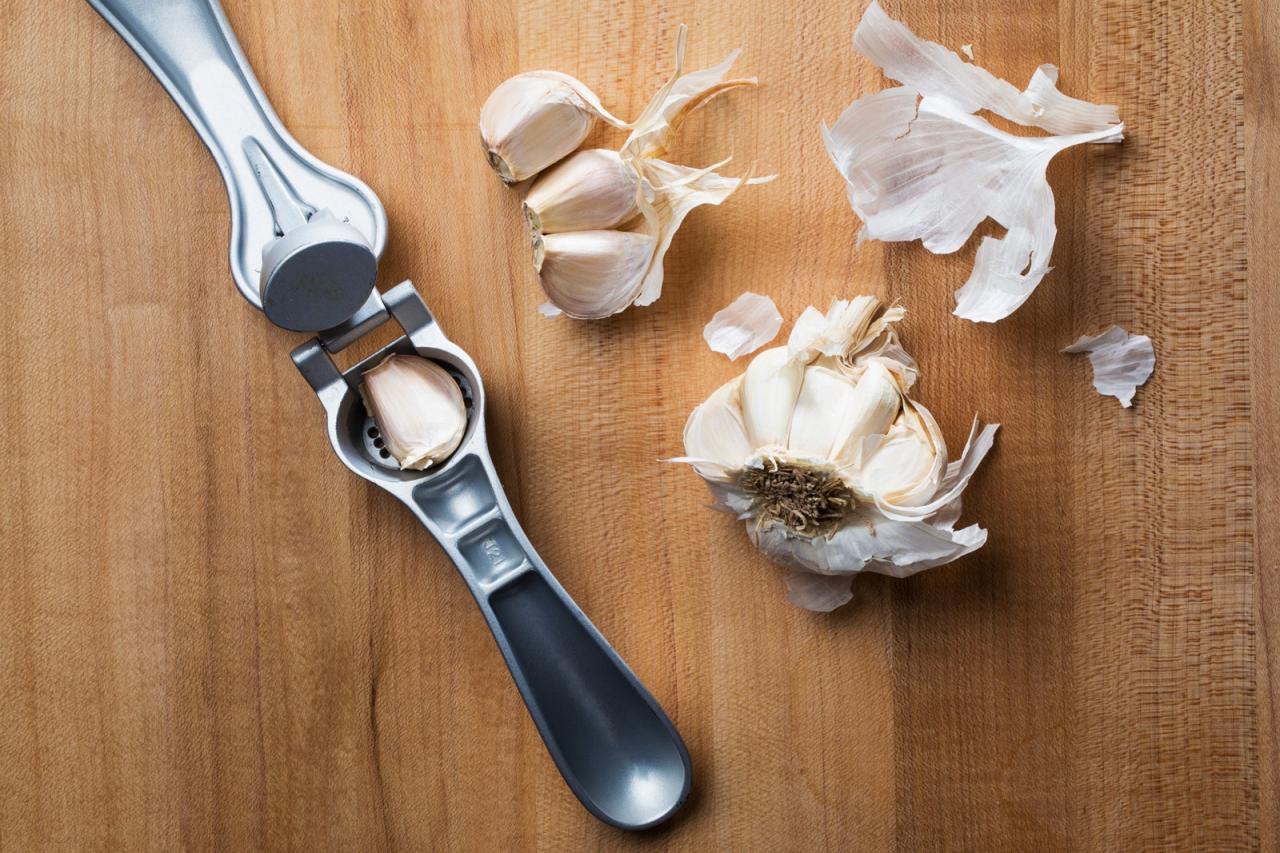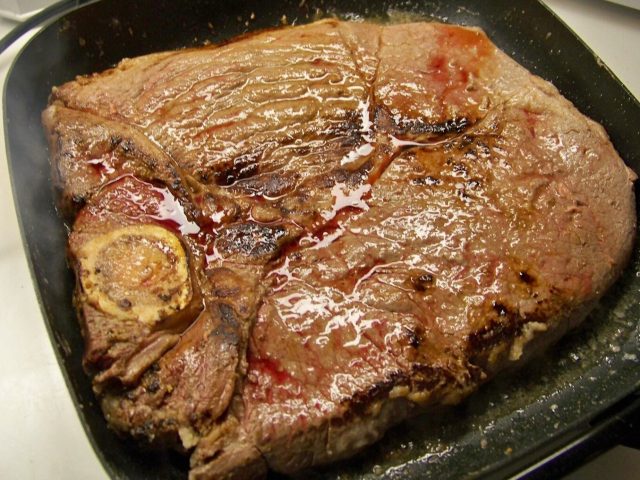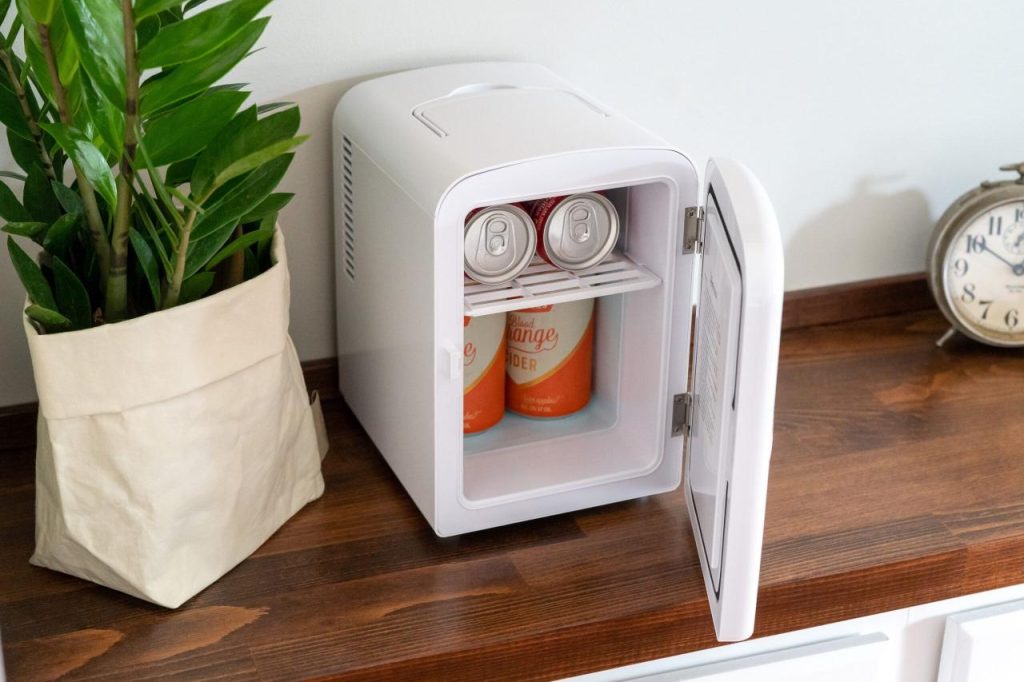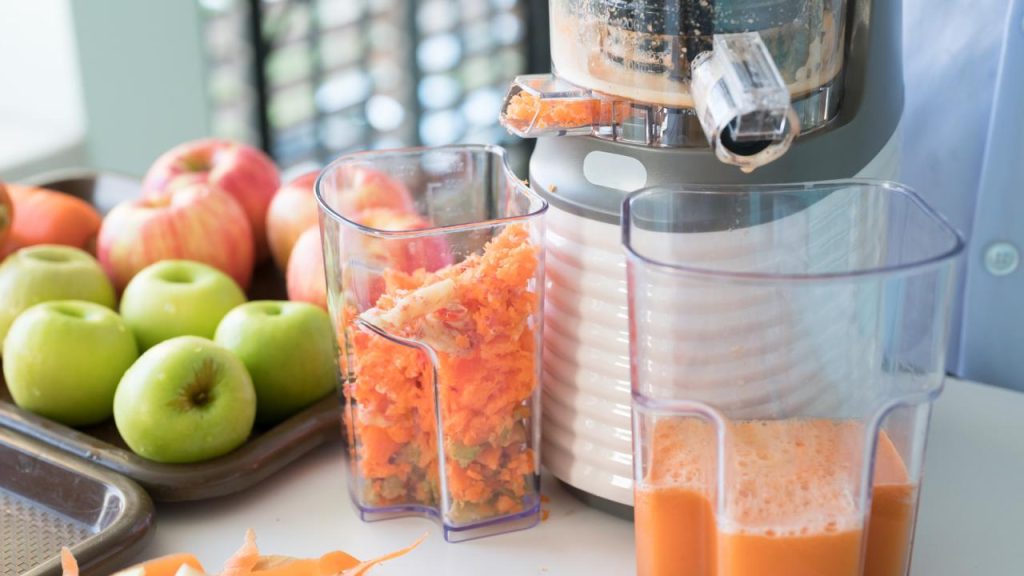Frequently, culinary enthusiasts grapple with a common dilemma – Can a garlic press be used without peeling? The laborious and time-consuming nature of the peeling process prompts many to question whether this step can be omitted altogether.
In addressing this query with a nuanced perspective, Cook Eat Delicious will initially explore the conventional usage of a garlic press and subsequently delve into the feasibility and implications of utilizing it without peeling the garlic.
A Brief Overview of Traditional Garlic Press Usage
Traditionally, a garlic press is employed to crush garlic cloves into a fine paste, maximizing the release of the aromatic compounds that define garlic’s distinct flavor. This process conventionally entails peeling the garlic clove to ensure a clean and smooth paste.

Can a garlic press be used without peeling?
While using a garlic press without peeling the garlic may be possible, it is not recommended for optimal results.
The peeling process plays a crucial role in maintaining the efficiency of the press and the quality of the final product. The papery outer layer of garlic has the potential to interfere with the pressing mechanism, compromising the texture of the resulting paste.
Moreover, peeling ensures that the entire surface area of the garlic clove is exposed to crushing, facilitating a purer and more intense flavor. Attempting to use a garlic press without peeling might yield a less desirable texture and flavor, undermining the effectiveness of the tool.
While it might be feasible to use a garlic press without peeling, it is not advisable for achieving the best possible outcome in terms of both texture and flavor.
The Importance of Peeling in the Garlic Pressing Process
- Removing the Papery Outer Layer: The act of peeling serves to eliminate the outer papery layer that could interfere with the pressing mechanism. This ensures the smooth functioning of the garlic pressing process, preserving the desired texture of the final paste.
- Enhancing Flavor: Peeling facilitates the exposure of the entire garlic clove to the pressing process. This exposure enhances the purity and intensity of the garlic flavor, contributing to a more robust final paste.
- Preventing Disruption in Pressing: The removal of the papery outer layer prevents potential disruptions in the pressing mechanism, guaranteeing a seamless and effective garlic pressing experience.
In essence, peeling garlic is not solely about maintaining the integrity of the pressing mechanism; it also plays a crucial role in intensifying the flavor and ensuring the quality of the final garlic paste.

Considerations and Implications
While the notion of pressing garlic without peeling has its merits, it is crucial to delve into the considerations and implications of such a method. Some kitchen gadget manufacturers claim that their products can effectively handle unpeeled cloves, suggesting a potentially time-saving approach.
However, the convenience of this method comes with trade-offs that require careful examination.
One crucial consideration when opting for a garlic press without peeling is the increased risk of the press clogging or becoming more challenging to clean. The additional garlic material, particularly the peel, may impede the smooth operation of the press, potentially leading to maintenance challenges.
Furthermore, the unpeeled approach may impact the flavor profile of the crushed garlic. The peel contains essential oils and compounds that contribute to the overall taste, and by not peeling the garlic, there is a risk of reducing the amount of garlic juice extracted. This reduction in garlic juice extraction may result in a less robust and intense flavor in the final product, affecting the overall culinary experience.
In conclusion, while using a garlic press without peeling is technically possible, the decision to do so should be based on individual preference and consideration of potential trade-offs. It is essential to weigh the time saved peeling against possible downsides, such as cleaning difficulty and potential flavor dilution.
While this discussion sheds light on the debate surrounding the use of a garlic press with unpeeled cloves, it is always beneficial to experiment in the kitchen and discover what works best for you. After all, cooking is as much an art as it is a science, and even the smallest nuances can elevate your culinary creations to new heights.







